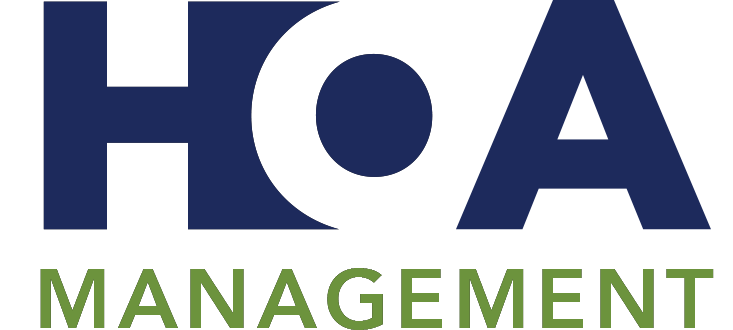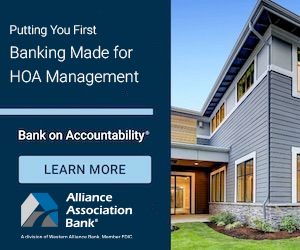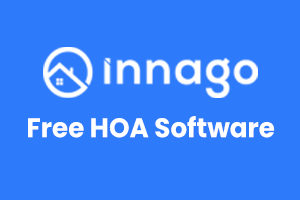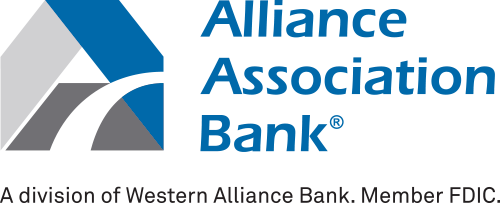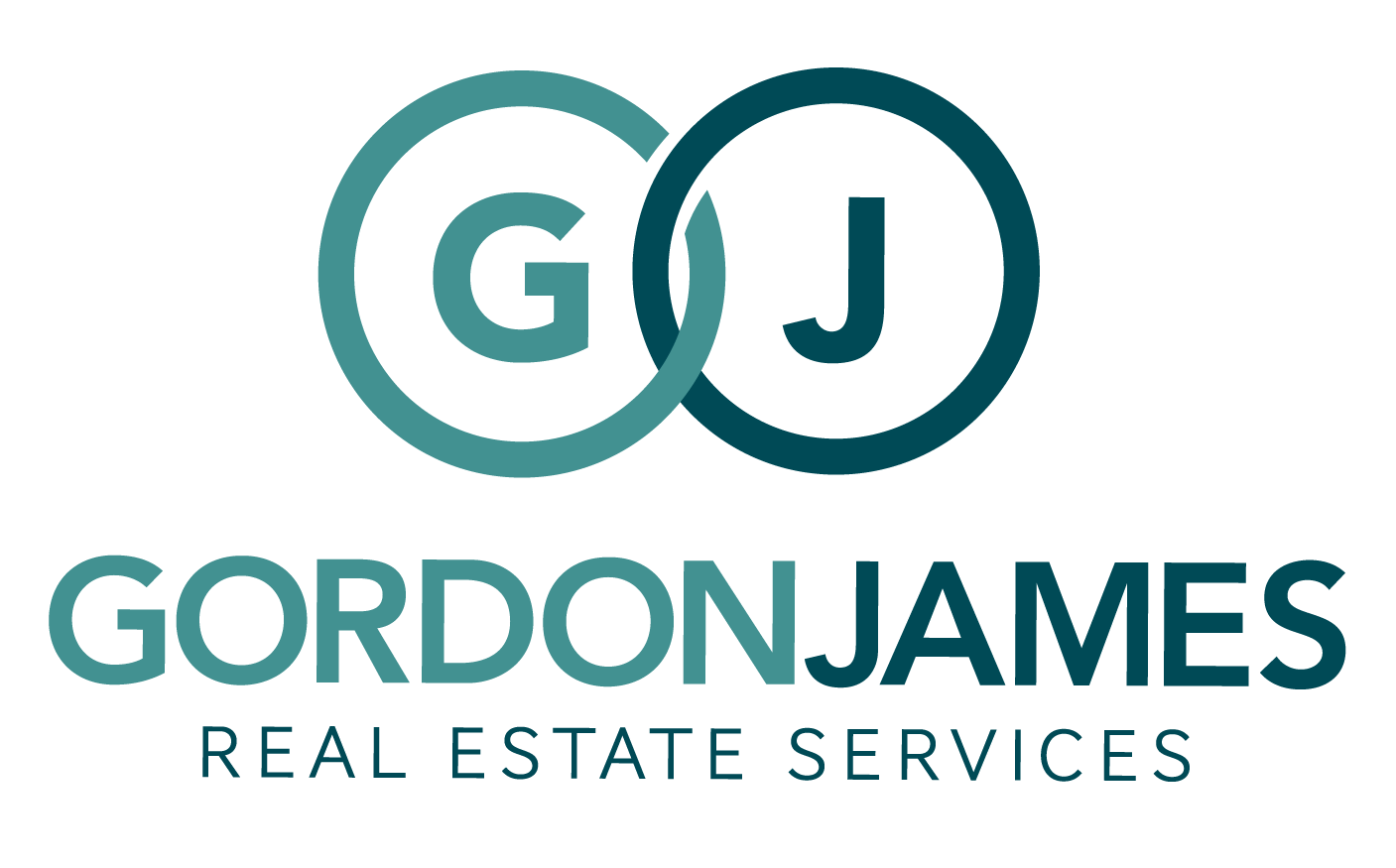How Does HOA Vendor Evaluation Affect the HOA Budget

A good budget is not only about numbers. It is about the decisions that shape those numbers across the year. Thoughtful HOA vendor evaluation keeps costs aligned with service quality, and it helps the board protect reserves and owner assessments.
Browse By Category
Sign up for Our Newsletter
A good budget is not only about numbers. It is about the decisions that shape those numbers across the year. Thoughtful HOA vendor evaluation keeps costs aligned with service quality, and it helps the board protect reserves and owner assessments.
How HOA Vendor Evaluation Shapes the Budget
HOA vendor evaluation has a direct line to what homeowners pay and the service they receive. When the board sets clear criteria and checks the market, it reduces guesswork and avoids paying more for less. Weak evaluation, by contrast, makes overruns and surprise costs more likely.
Many costs look fixed at first. They are not. Labor rates, materials, response times, and quality controls all move with the contract you sign. A strong evaluation process forces apples-to-apples comparisons, so the price you choose truly reflects the work you need.
The right fit matters as much as the lowest bid. A vendor with strong safety practices, clean licenses, and adequate insurance may save money over the year, even if the initial price is slightly higher. Fewer accidents, fewer callbacks, and fewer disputes often mean lower total spend.
Direct Cost Drivers You Can Control

The most visible budget levers sit in the scope and unit rates. Clear scopes reduce change orders, which are a common source of overspend. During HOA vendor evaluation, insist on detailed task lists, frequencies, and materials.
Line-item pricing makes comparisons easy. If landscaping bids break out mowing, pruning, fertilization, and irrigation checks, you can see exactly where dollars go. The same is true for pool, janitorial, elevator, gate, and roofing contracts.
Contract length also affects the bottom line. Multi-year terms can lock in favorable rates with caps on annual increases. Shorter terms keep market pressure high. The right choice depends on the service, the vendor’s track record, and the community’s risk tolerance.
Hidden Costs
Not all costs appear on a bid. Poor quality leads to rework, warranties, and damage to common areas. Slow response times stretch small issues into big repairs. These hidden costs strain contingency lines and reserves.
Inconsistent staffing raises risk. If a contractor rotates crews often, quality drops and safety incidents rise. Incident deductibles, premium increases, and legal fees may follow. Those line items are easy to miss at bid time.
Communication also drives cost. Vendors who provide clear updates, photo logs, and monthly summaries help the manager catch problems early. Catching a small leak this month is cheaper than remediating a ceiling next quarter.
Service Levels, KPIs, and What They Mean for Money

Attach service levels to outcomes, not vague intentions. For gate maintenance, define response times for emergencies and non-emergencies, parts lead times, and uptime targets. For janitorial work, define daytime checks, deep cleans, and event support.
Measure what you buy. Key performance indicators can include completion rates, first-time-fix rates, safety incidents, warranty callbacks, and satisfaction scores. These metrics tie directly to dollars by reducing repeat visits and claims.
Pay structure matters. Fixed fees with a defined scope work well for routine services. Time-and-materials fits unpredictable tasks, but controls must be strong. Performance-based incentives, used carefully, can align vendor effort with community priorities.
RFPs and Market Checks Done the Right Way
A fair request for proposals (RFP) process ensures pricing transparency and fosters improved service. It should reflect your true needs, seasonal patterns, and standards. If requirements are vague, you will get wide bid spreads and risky gaps.
Make the RFP easy to compare. Use the same scope sheet, site map, and service frequencies for all bidders. Set a question deadline and share clarifications with every vendor. Transparency builds trust and improves bid quality.
What to Include in an RFP
- A clear scope with task frequencies and expected outcomes
- Service level targets, reporting schedules, and escalation points
- Insurance and license requirements, including endorsements
- Safety rules, site access instructions, and contact protocols
Better RFPs reduce change orders and disputes. They also attract higher-quality vendors who value clarity and fair competition.
When to Rebid, Renegotiate, or Switch

Market checks do not require constant rebidding. Annual light reviews, with a deeper check every two to three years, are usually enough. If service declines or prices drift above the market, a formal rebid can be scheduled.
Renegotiation may resolve issues more quickly than a switch. Scope adjustments, clearer KPIs, or a modest rate change, paired with improved reporting, can restore value. Switching should follow a structured handoff plan so that service does not lapse and warranties remain intact.
Exit costs must be considered. Early termination fees, startup costs with a new vendor, and learning curves can eat into short-term savings. A simple total-cost-of-ownership view helps the board see the full picture.
Risk Transfer, Licenses, and Insurance
Good risk transfer protects the budget from the rare but costly event. During HOA vendor evaluation, verify active licenses, workers’ compensation, general liability, auto liability, and umbrella coverage. Additional insured endorsements and hold harmless clauses should be reviewed with association counsel or the insurance agent.
Certificates should be monitored, not filed and forgotten. Expired coverage exposes the association to claims. A vendor may seem less expensive, yet the risk of an uninsured incident would be much more costly.
Safety programs matter. Documented training, incident logs, and equipment maintenance reduce accidents. Fewer incidents safeguard your insurance history and help keep premiums steady.
Common Mistakes to Avoid
Choosing only by price often backfires. Ultra-low bids can often rely on thin staffing, minimal supervision, or subpar materials. Over the year, the community pays through rework and downtime.
Vague scopes invite disputes. If tasks, frequencies, and outcomes are not specific, both parties will read the contract differently. Clear wording and site walks prevent friction later.
Letting contracts auto-renew without review is risky. A quick annual check, even if the vendor is performing well, keeps pricing aligned with the market and confirms that compliance items are up to date.
Finance, Reserves, and Scheduling

Vendor timing should match your financial calendar. If your fiscal year starts in January, rebid major contracts in late summer or early fall. That schedule gives the board time to compare bids and set next year’s budget with confidence.
Reserve planning and vendor evaluation are linked. Roofing, painting, paving, and mechanical replacements should be bid with reserve study timelines in mind. Accurate scopes and current pricing protect reserve accuracy and reduce special assessment risk.
Payment terms can smooth cash flow. Negotiating progress billing, seasonal rate adjustments, or early-pay discounts may help reduce short-term pressure without hurting service quality.
Creating Professional Relationships
Careful HOA vendor evaluation shapes spending in visible and hidden ways. It limits waste, protects reserves, and maintains high service levels. With clear scopes, fair competition, and simple metrics, the board can stretch every dollar without sacrificing quality.
Need professional help in managing your HOA community and vendor contracts? Let professional HOA managers help you out! Check out our online directory today for your area’s best HOA management companies!
Related Articles:
- How Can SEO Boost Businesses Of HOA Vendors And Service Providers?
- HOA vs City Maintenance And Repair Responsibilities
- Managing HOA Reserve Funds: Best Practices For Board Members
Trending Now
Related Article
Sign up for Our Monthly Newsletter
Sign up below for monthly updates on all HOA Resource

